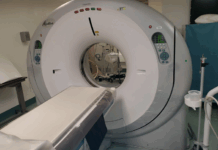The citywide center of the Small City is usually compact. This is a historically established area with a square in the center or an area with a part adjacent to the center. As the city grows, a more complex center is formed, uniting two areas, performing independent functions (trade and administrative-cultural; transport and administrative-cultural) city highways, which is located in the center of residential development. In these cases, the predominant part of the movements to the center is distributed in the area of 10-minute availability. In these cities, the main number of movements is observed in zones of 30-minute availability.
The centers of small cities concentrate the main administrative, cultural, trade institutions of urban and district significance: the district executive committee and district committees of the KP of Belarus, banks, clubs, and visits trading institutions. Along with visiting stores of the citywide center, markets are especially intensively on Sundays. The markets of small cities, often near railway or bus stations, have a relatively great concentration of shops, canteens, utility workshops and are a kind of shopping centers. This feature should be paid attention to the design of the Small City. Cinemas, department stores, prodmags, large public catering institutions. Therefore, more than half of the cultural movements of the population of these cities are associated with a visit to central institutions. So, if the total number of cultural visits per 1 person per year is 800-900, then 400-450 of them falls on the institutions of the center. The intensity of visiting the center is especially affected by the convenience of the connection of housing places with the center (territorial proximity, time of time for movement). So, in areas closely located or well connected to the center, 1 person per year accounts for up to 600 visits. A significant factor is also the provision of residential areas of service institutions, especially stores.








